Holyrood Abbey, nestled in the heart of Edinburgh, Scotland, stands as a testament to the country’s rich medieval history. Founded in 1128 by King David I of Scotland, the abbey was originally established as a monastery for Augustinian canons. Over the centuries, it has witnessed significant historical events and has been a focal point for royal ceremonies and governance. Despite its partial ruinous state today, Holyrood Abbey remains an iconic symbol of Scotland’s ecclesiastical heritage and its intertwined relationship with the monarchy.
Get your dose of History via Email
Historical Background of Holyrood Abbey
Holyrood Abbey’s story began in 1128 when King David I, after a miraculous encounter with a stag, was inspired to establish a religious house. He chose the site where the encounter occurred, and thus the abbey was born. The abbey quickly became intertwined with Scottish royalty, serving as the site for coronations, weddings, and burials. Over time, it evolved into a significant religious and political hub.
The abbey’s construction reflects the Romanesque architectural style of the period, with later additions showcasing Gothic influences. It was built with local stone, and its design included a church, cloister, and living quarters for the canons. The abbey flourished during the medieval period, acquiring lands and wealth, and becoming a center for scholarship and art.
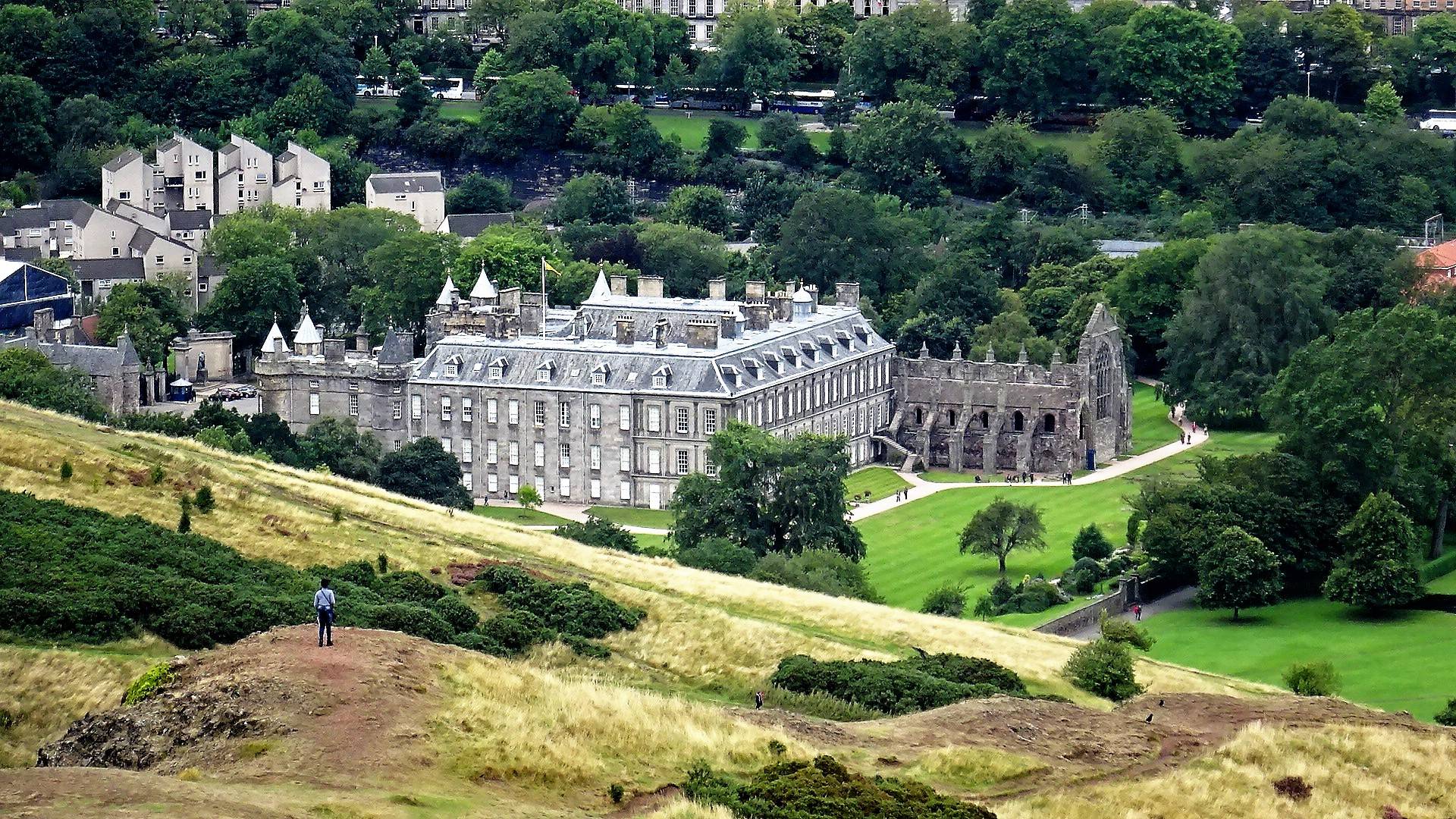
However, the abbey’s fortunes changed during the Reformation. In 1560, religious upheaval led to the abandonment of monastic life at Holyrood. The abbey church began to serve the local parish, and the remaining structures fell into disrepair. Despite this, the abbey continued to play a role in royal ceremonies, including the coronation of Charles I in 1633.
In the centuries that followed, Holyrood Abbey witnessed further historical events. It was the scene of Bonnie Prince Charlie’s court in 1745 during the Jacobite uprising. The abbey’s decline continued until the 18th century when efforts to preserve the structure began. Today, it stands partially ruined, a poignant reminder of Scotland’s tumultuous past.
The abbey’s significance extends beyond its religious function. It has been a symbol of Scottish identity and a witness to pivotal moments in the nation’s history. Its ruins continue to attract visitors from around the world, drawn to its storied past and architectural beauty.
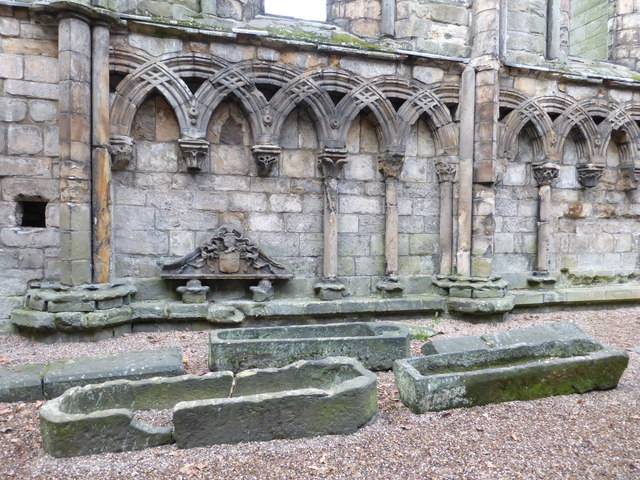
About Holyrood Abbey
Holyrood Abbey’s architectural splendor is a highlight of its historical significance. The abbey church, with its Romanesque nave and Gothic choir, showcases the evolution of ecclesiastical architecture in Scotland. The use of local sandstone gives the structure a distinctive appearance, with the play of light on its surfaces creating an ethereal atmosphere.
The abbey’s layout followed the typical monastic plan, with a cloister surrounded by essential buildings such as the refectory, dormitory, and chapter house. The church itself was cruciform in shape, with a central tower that once soared above the surrounding landscape. The intricate stonework and elaborate window tracery speak to the skill of the medieval masons.
Despite its ruinous state, the abbey’s remaining structures offer a glimpse into monastic life. The royal apartments, adjacent to the abbey, were built to accommodate the monarchs and their retinues. These apartments later evolved into the Palace of Holyroodhouse, the official residence of the British monarch in Scotland.
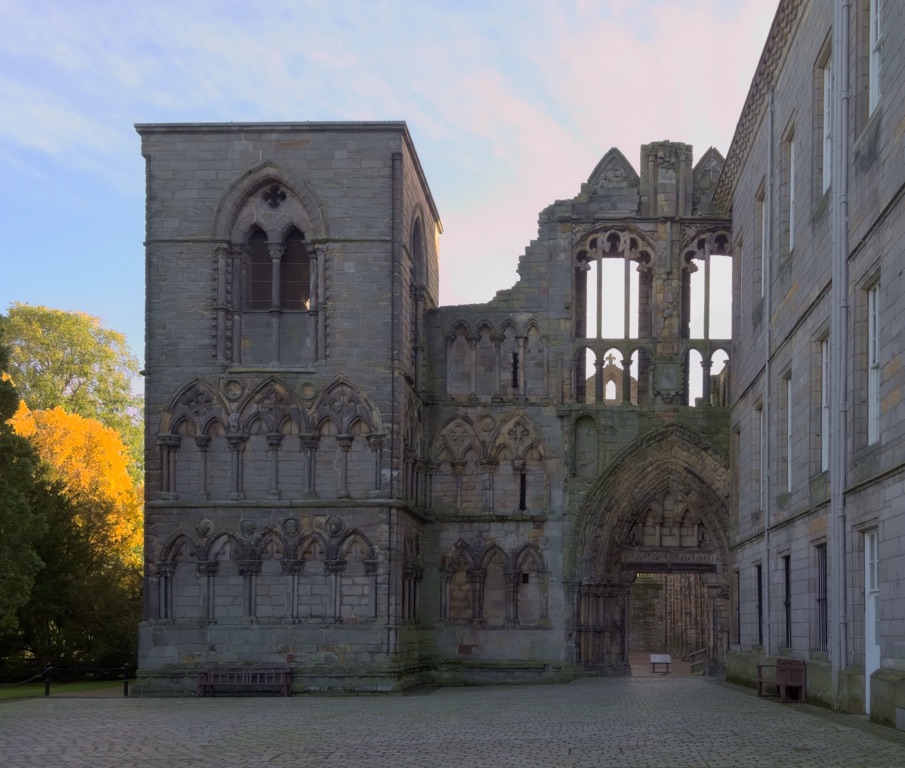
The abbey’s grounds are equally significant, with the ruins set against the backdrop of Arthur’s Seat, a dormant volcano. This natural setting adds to the abbey’s allure, creating a serene environment that contrasts with its often turbulent history.
Preservation efforts have ensured that Holyrood Abbey remains an accessible historical site. Visitors can explore the ruins, reflect on the abbey’s past, and appreciate its contribution to Scotland’s cultural heritage.
Theories and Interpretations
Holyrood Abbey’s history is not without its mysteries and interpretations. One theory suggests that the site was chosen due to its proximity to Arthur’s Seat, which may have held religious significance. The abbey’s founding legend, involving King David I and a stag, is another aspect that blends history with folklore.
The abbey’s role in royal ceremonies has led to various interpretations of its significance. Some historians view it as a symbol of the divine right of kings, while others see it as a stage for political power plays. The abbey’s destruction during the Reformation has also sparked debate about the impact of religious conflict on Scotland’s cultural landmarks.
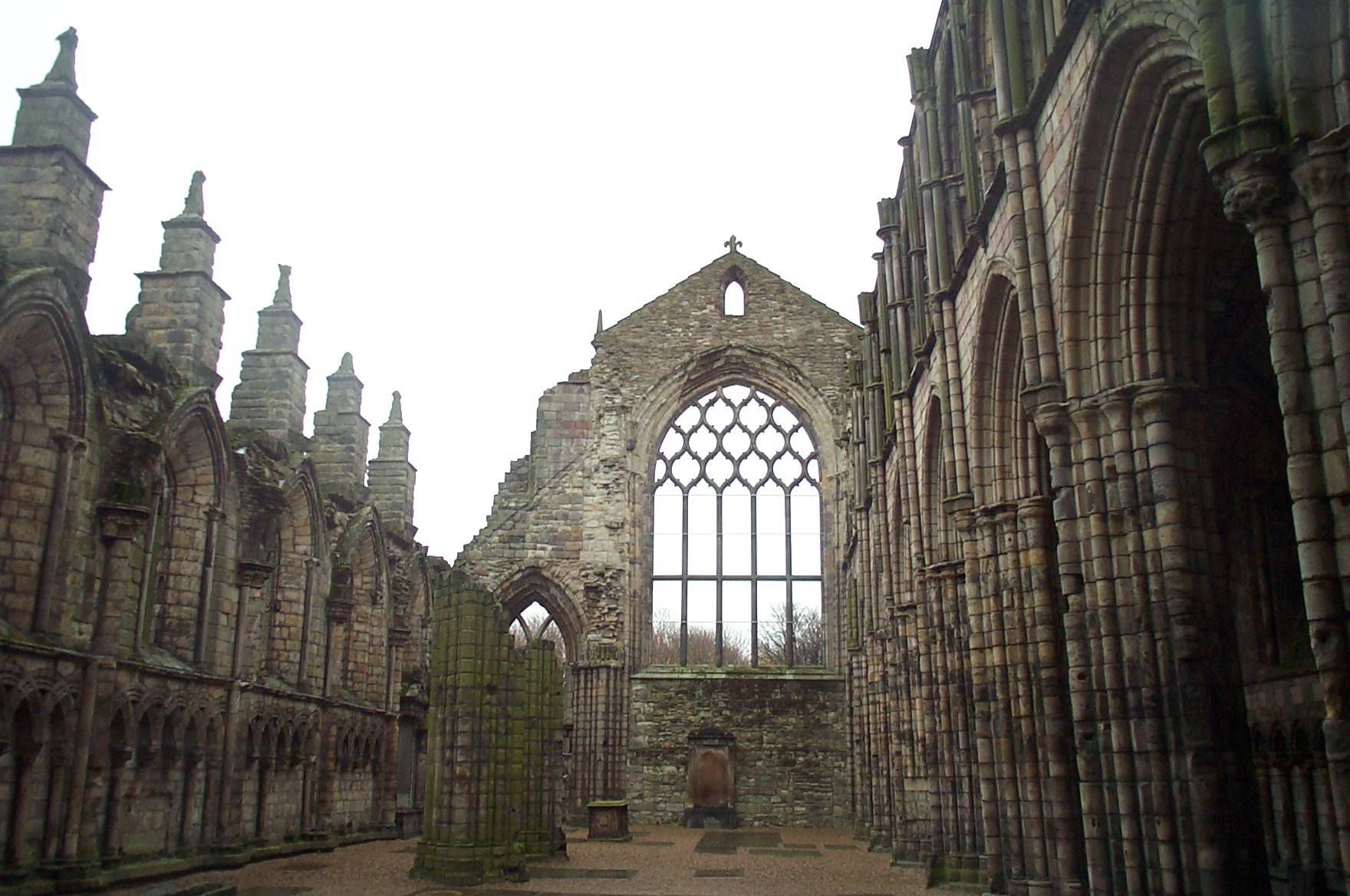
Archaeological excavations have provided insights into the abbey’s construction and the daily lives of its inhabitants. These findings have helped historians piece together the abbey’s past and understand its evolution over time. Dating of the structure has been carried out using architectural analysis and historical records.
The abbey’s artistic contributions, including its illuminated manuscripts and musical compositions, have been studied to gain a deeper understanding of medieval Scottish culture. These works have been matched to historical records to confirm their origins and significance.
Despite the research, Holyrood Abbey retains an air of mystery. Its partial ruins invite speculation about what has been lost to time, and its stories continue to captivate those who walk its hallowed grounds.
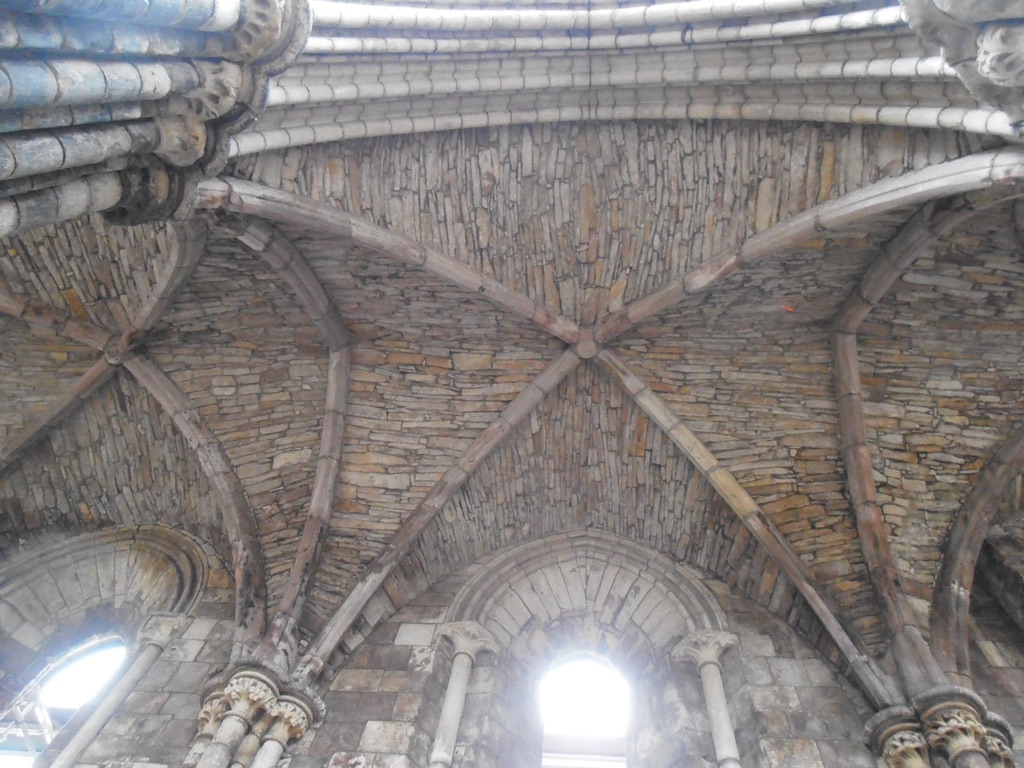
At a glance
Country: Scotland
Civilization: Scottish
Age: Founded in 1128 AD
Conclusion and Sources
The information in this article has been obtained from the following reputable sources:
